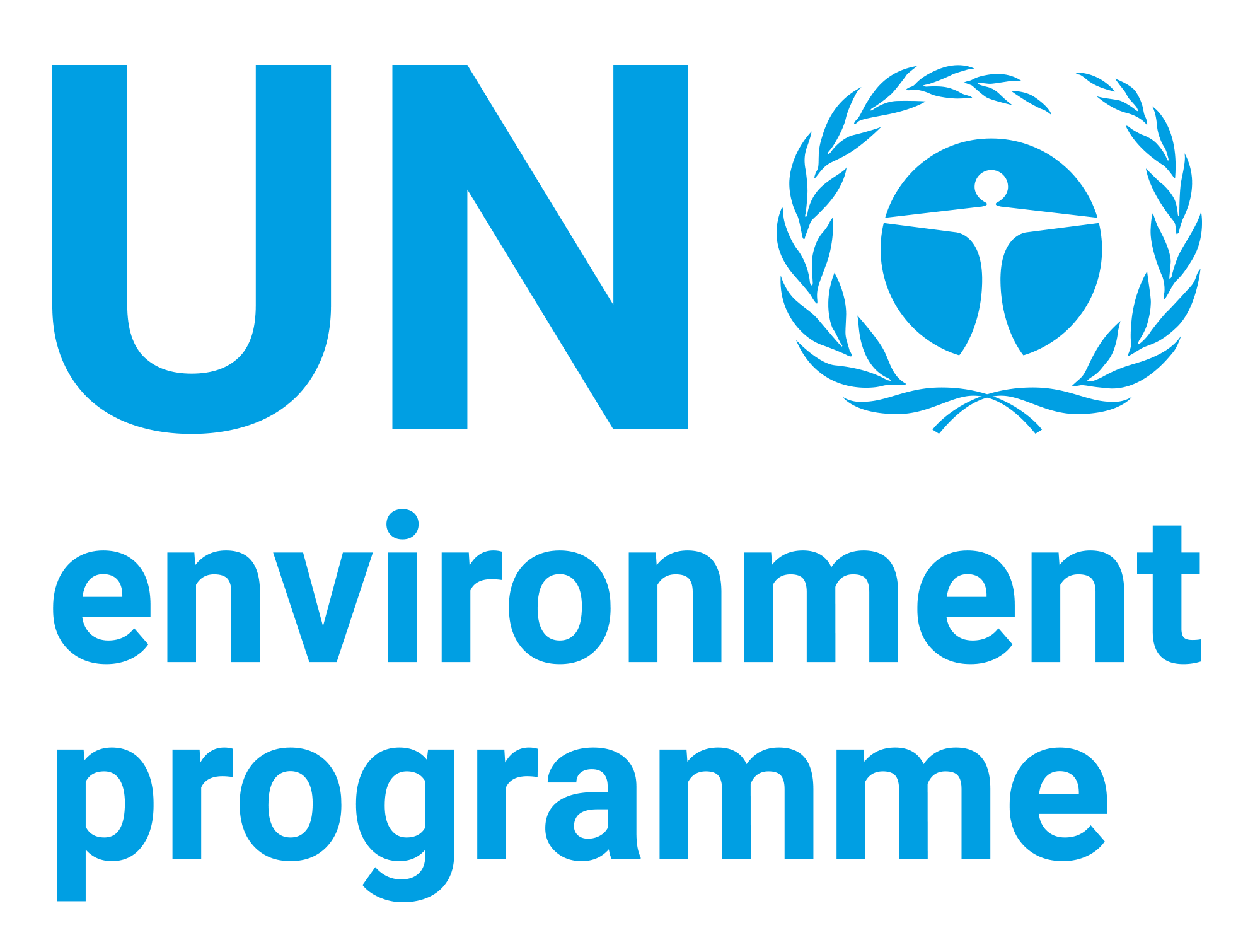Environmental Indicators in South Pacific
Date
2004Author
United Nations Environment Programme
Citation Tool
Bibliographic Managers
RT Generic T1 Environmental Indicators in South Pacific A1 United Nations Environment Programme YR 2004 LK https://wedocs.unep.org/20.500.11822/8982 PB United Nations Environment Programme (UNEP) AB TY - GEN T1 - Environmental Indicators in South Pacific AU - United Nations Environment Programme Y1 - 2004 UR - https://wedocs.unep.org/20.500.11822/8982 PB - United Nations Environment Programme (UNEP) AB - @misc{20.500.11822_8982 author = {United Nations Environment Programme}, title = {Environmental Indicators in South Pacific}, year = {2004}, abstract = {}, url = {https://wedocs.unep.org/20.500.11822/8982} } @misc{20.500.11822_8982 author = {United Nations Environment Programme}, title = {Environmental Indicators in South Pacific}, year = {2004}, abstract = {}, url = {https://wedocs.unep.org/20.500.11822/8982} } TY - GEN T1 - Environmental Indicators in South Pacific AU - United Nations Environment Programme UR - https://wedocs.unep.org/20.500.11822/8982 PB - United Nations Environment Programme (UNEP) AB -View/Open
Item Statistics
Display item statisticsMetadata
Show full item recordDescription
Agenda 21 emphasized the need for developing indicators to provide the solid base for decision making at local, national, regional and global levels. The Johannesburg Plan of Implementation in 2002 reiterated the need for indicators to monitor economic, social and environmental progress for sustainable development. Goal 7 of the UN Millennium Development Goals is set for countries to ensure environmental sustainability through integrating principles of sustainable development into country policies and programmes, and reverse the loss of environmental resources. This report on 'Environmental Indicators for South Pacific' has been prepared to present the trends of twenty three key indicators on air, water, land and biodiversity. It also presents trends on social and economic conditions through the selected indicators. Data have been collected for each indicator for each country in South Pacific for 1990, 1995 and 2000. This report provides an assessment of economic, social and environmental conditions in South Pacific based on available data and information. Lack of updated scientific database has been a major challenge in preparation of the report. This report highlights that South Pacific has the lowest population of all the sub-regions in Asia and the Pacific. South Pacific is economically and culturally a diverse sub-region consisting of developed countries such as Australia and New Zealand and smaller island nations with developing economies. The smaller island nations are being challenged by rapid urbanisation. These countries have fragile ecologies and it is imperative that the urbanisation process is tempered with awareness about the environment and safeguards to protect the natural environment along with improving living standards. This region also possesses great marine biodiversity. The Great Barrier Reef is the largest system of coral reefs in the world. This marine biodiversity is being threatened by increasing population, urbansiation and unsustainable land use patterns. Increasing global greenhouse gas emissions pose a threat to the lower lying islands of the sub-region. Water shortage and quality of drinking water are issues of concern in this sub-region. UNEP hopes that the 'Environmental Indicators for South Pacific' will be a useful document for government, nongovernment, regional and international organizations in the pursuit of developing policies and action plan. UNEP gratefully acknowledge the contribution of Environment Ministries, agencies, institutes and individuals in the preparation of the report.
Collections
Document Viewer
To read more, scroll down below.

